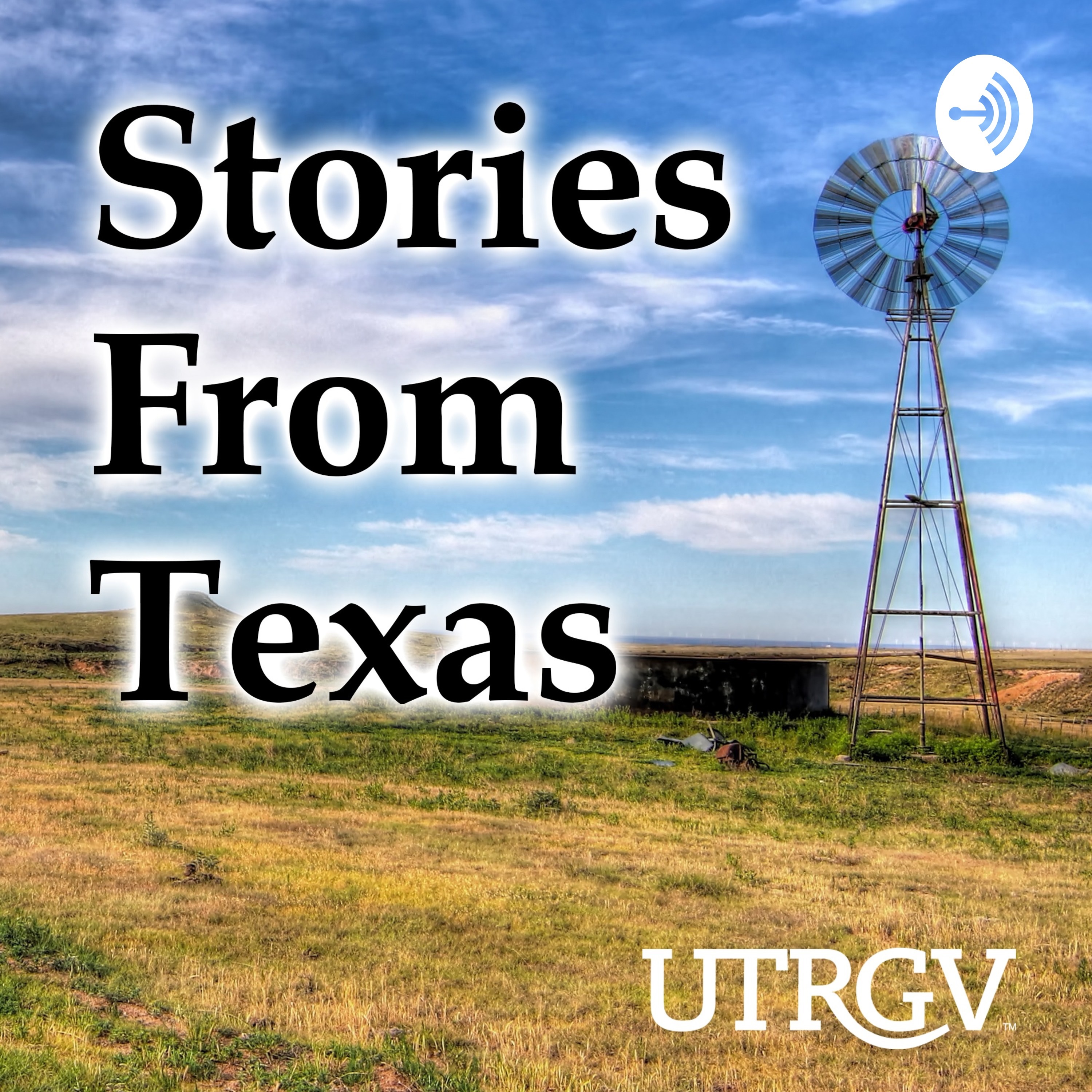Loading...
Document Type
Article
Publication Date
1-2-2023
Abstract
During the giving season each year I like to celebrate great gifts to Texas, and Jesse H. Jones of Houston is one of Texas’s greatest philanthropists of all time. If there were a hall of fame for generosity, he and his wife, Mary Gibbs Jones, would both be in it, front and center.
Jesse Jones loved Texas. LBJ said that in his long years of public service in Washington, D.C., “Everything he did bent toward Texas.” And he was flawlessly ethical: In his years as chairman of the Reconstruction Finance Corporation during the Great Depression, he distributed $50 billion in low-interest loans without a whiff of scandal.
One would be hard-pressed to find anyone, other than Sam Houston himself, who left a more lasting legacy in the city of Houston than Jesse H. Jones. It is said that he built the Houston skyline. Prior to 1960, that was true. He built more than 30 buildings there, most of them skyscrapers. He also owned the Houston Chronicle and KTRH radio, which interestingly had its studios in the Rice Hotel – also owned by Jones. It is believed that the TRH stood for The Rice Hotel.
Though their name is not on it, the Houston Endowment was Jesse and Mary’s philanthropic creation launched in 1937 to “improve the quality of life for people in Houston and to ensure that Houston continued to thrive.”
I talked to Laura Prus, communications manager over at the Houston Endowment, and she told me that today, the endowment is worth $2.5 billion. It provides over $100 million in grants in the community each year. Over the next decade, they plan to provide over $1 billion in grant funding.
Not all the funding is Houston-focused: Before she died at the age of 90, Mary Gibbs Jones saw to it that thousands of scholarship grants went to young women in Texas studying at 30 different colleges and universities. She also had a library built in her hometown of Mexia. Today, the endowment is focused on K-12 education, developing sustainable green spaces in Houston – including 300 miles of off-street trails – supporting the arts and fostering civic engagement.
Out of all the great things Jesse Jones did for Houston and Texas, perhaps the greatest was taking the lead in making sure the San Jacinto Monument got built as part of the Centennial Celebration. He was concerned that Texas would raise a lot of money for the 100th year anniversary of Texas independence, won at San Jacinto, and then it would all be spent on fairs, fireworks and parties and nothing permanent would result from it.
He asked the Centennial Governing Board how they planned to honor the men who gave their lives at the Alamo and Goliad, and who ultimately won independence at San Jacinto. He said: “How shall we commemorate them? By suitable markings and monuments and memorials at these sacred places? Or shall it be by a little bigger show? A little more carnival? Something that will die with the passing of the exposition? … More money spent to have a big time? None of which will have any serious or direct connection with the sacred events we are to memorialize.”
The committee was sold on Jesse Jones’ idea of providing funding for restoration projects at the Alamo and Goliad and for building a Washington-style monument at San Jacinto. Ultimately, the San Jacinto Monument was built for $1.5 million.
Jesse Jones himself designed the monument with a rough sketch that included the Texas star on top, which the architect used as the model for his more elaborate and technical designs. Yes, ours is bigger – the San Jacinto monument, counting the star, is 570 feet tall, 15 feet taller than the Washington Monument. Perhaps it needed to be bigger because we were honoring an entire army rather than one man.
At the laying of the cornerstone on April 21st, 1937, Jesse Jones spoke at the ceremony. He said: “Few battles of the world have been more decisive or had a greater influence over civilization than the Battle of San Jacinto. It changed the map of the North American continent … It sealed the destiny of the new Republic and confirmed its Declaration of Independence. It established liberty where tyranny sought to enthrone itself … There would be no United States today, as we know it, had it not been for San Jacinto.”
The monument is, to my mind, Jesse Jones’ greatest gift to Texas. He didn’t pay for it, but he dreamed it and pushed for the funding from state and federal sources. And the Houston Endowment is his other gift that keeps on giving, helping Houston thrive.
An old saying is that a philanthropist is one who plants trees though he will not live to stand in their shade. Jesse H. Jones did not plant a few trees – he planted a forest.
For a great read on Jesse H. Jones, check out, “Unprecedented Power: Jesse Jones, Capitalism, and the Common Good” by Steven Fenberg.
Clarification: This story has been updated to clarify the focuses of the Houston Endowment.
Format
.MP3, 192 kbps
Length
00:05:55
Language
English
Notes
https://kutkutx.studio/stories-from-texas/jesse-h-jones-was-a-model-philanthropist
Recommended Citation
Stories From Texas, UTRGV Digital Library, The University of Texas – Rio Grande Valley. Accessed via https://scholarworks.utrgv.edu/storiesfromtexas/



Comments
© 2023 William F. Strong. Uploaded with permission of copyright holder.